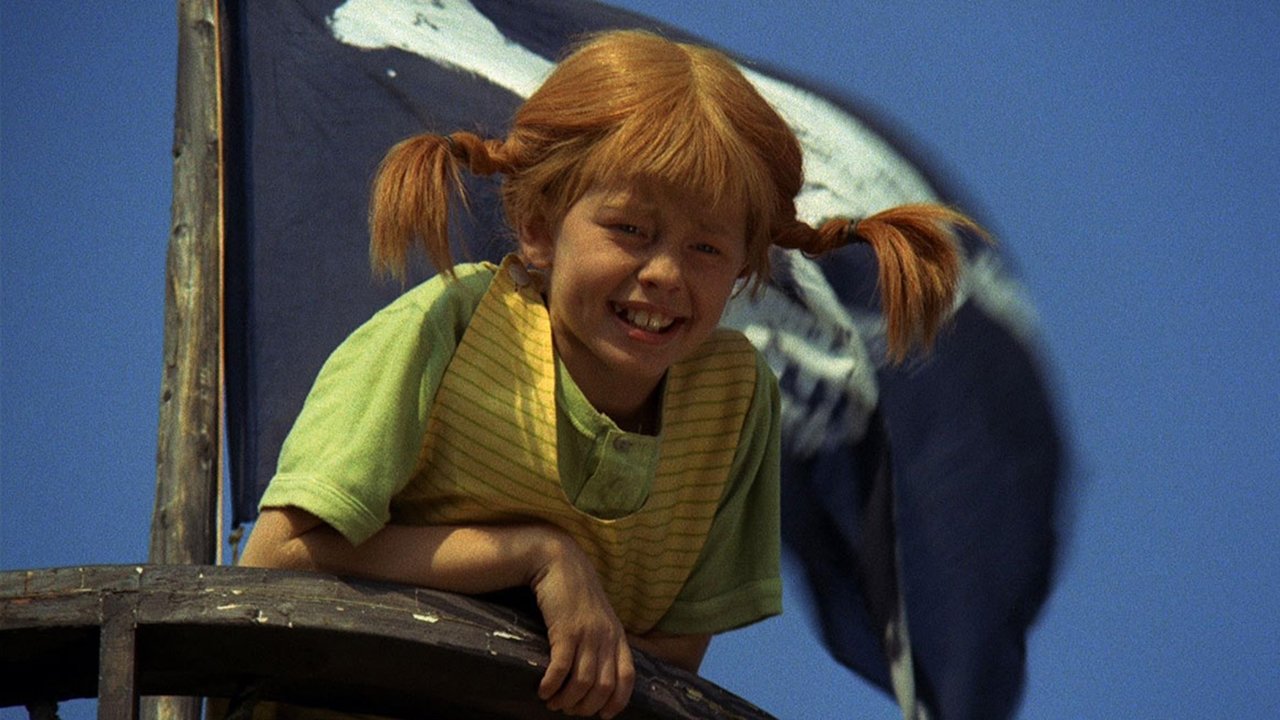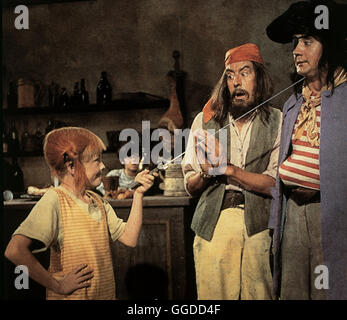

She (literally) played with fire and she exploded into the world like a glorious catherine wheel. Hers was a world turned upside down: she slept with her feet on her pillows, blew her nose on her clothes, danced on the church pews, mocked the stiff and dreary grownup ways of being. Her soil was a country of deep conformity and regulation, but she had a glorious disregard for dull bureaucracy and decorum.

Her roots were in the war (the first book, Pippi Longstocking, was published in 1945) and a decade of fear, but Pippi was a cheerfully outspoken, brave-hearted pacifist who protected the weak and stood her ground against bullies.

And from Astrid Lindgren bounded fabulous Pippi Longstocking, the strongest girl in the world with her carrot-coloured pigtails and her freckles, her pet monkey, her mismatched stockings, her good-humoured disregard of authority, her spirit of misrule and joy. Tove Jansson beautifully gave us the mysterious outsider’s world of the Moomins. Richmal Crompton unleashed irrepressible Just William on to an unsuspecting conformist society. PL Travers created Mary Poppins, whose sour magic Disney tried to tame. These four women radically changed the landscape of children’s literature, making it wilder, stranger, more anarchic, and, crucially, more centred in the dreamy and unfettered imagination of the child. O nce upon a time, in the middle decades of the war-torn 20th century, there lived an Australian-born British theosophist and mystic, a respectable English woman hiding behind a man’s name, a gay and depressive Finnish Swede who lived half her life on a tiny island, and the firebrand daughter of a respectable Swedish farmer.


 0 kommentar(er)
0 kommentar(er)
